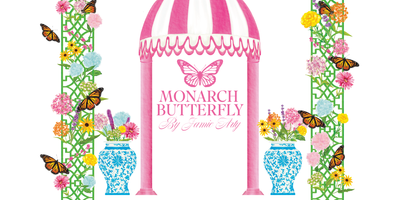
Dill
- Free worldwide shipping
- In stock, ready to ship
- Inventory on the way
Life Cycle: Annual
USDA Zones: Zones 2-11.
US Regions: Dill can be grown in a wide range of regions across the United States, making it a versatile herb that can thrive in various climates.
Stratification: Dill seeds do not require stratification. They can be sown directly in the garden or in pots indoors and then transplanted.
Germination Ease: Easy. Dill seeds are known for their ease of germination and rapid growth.
Sunlight: Full sun. Dill thrives in full sunlight, requiring at least 6-8 hours of direct sun per day.
Height: Dill plants typically reach a height of 2 to 3 feet (approximately 0.6 to 0.9 meters).
Color: Dill produces feathery, green foliage and small yellow flowers when it bolts (goes to seed). The primary culinary part of the plant is the leaves.
Bloom Season: Dill can bolt and produce flowers in the summer, and the flowers are small and yellow. However, the main use of dill in gardening and cooking is the leaves rather than the flowers.
Uses: Dill is a versatile herb used for its aromatic and flavorful foliage. It's commonly used to season a variety of dishes, including pickles, salads, seafood, and more. Dill is also used in dill pickles, where the seeds and leaves are added to pickling solutions for flavor. Additionally, dill is sometimes grown as a host plant for swallowtail butterflies, as it serves as a food source for their caterpillars.
Description: Dill (Anethum graveolens) is a popular annual herb known for its feathery, aromatic foliage and distinctive flavor. The leaves of the dill plant are finely divided and have a fresh, slightly anise-like taste. Dill is commonly used as a culinary herb to season various dishes, particularly in pickles, salads, seafood, and sauces. It is also an essential ingredient in dill pickles, where both the seeds and leaves are used to impart flavor.
Dill can grow up to 3 feet in height and produces small yellow flowers when it goes to seed. However, for culinary purposes, it's the leaves that are typically harvested before the plant bolts and flowers. Dill is easy to grow and a valuable addition to herb gardens, providing a ready source of fresh, aromatic foliage for cooking. In addition to its culinary uses, dill can also serve as a host plant for swallowtail butterflies, as their caterpillars feed on the leaves.


